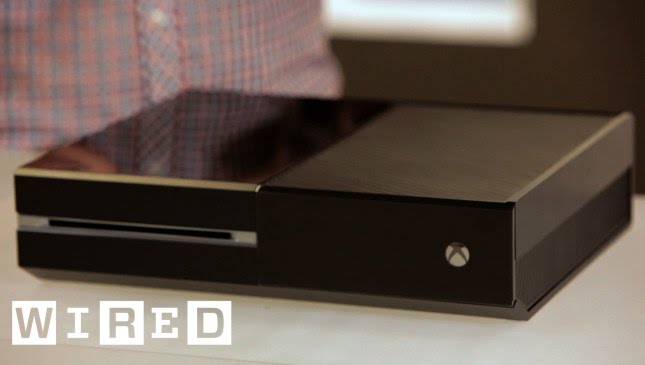Providing Medical Care to Astronauts in Space
Summary
The New England Journal of Medicine recently published an article describing a medical event where an astronaut developed a blood clot during a space mission. In this article, we learn about the challenges of providing medical care to astronauts in space, including the risks associated with treating patients in microgravity and the importance of backup plans and resupply options. The article also discusses a case in which an astronaut was successfully treated with blood thinners while in space.
Table of Contents
- Microgravity and Blood Clots
- Choosing Medications for Space Missions
- Spaceflight-Associated Neuro-Ocular Syndrome (SANS)
- Conclusion
Microgravity and Blood Clots
A recent study found that microgravity may be playing a significant role in the formation of blood clots in astronauts. The study revealed that two out of eleven individuals showed signs of possible blood clots, and there were flow abnormalities seen in more than that. This raises questions about whether this has been happening for the past 50 years and if there are other risk factors involved. The implications of this for longer exploration missions are concerning, as it may not be possible to get people back to Earth quickly in the event of a medical emergency.
Choosing Medications for Space Missions
The article also highlights the unique challenges of choosing medications to send to the International Space Station, including the limitations on mass and volume. NASA must consider the shelf life of medications and the potential for adverse reactions in microgravity. In the case of the blood clot, the astronaut was successfully treated with blood thinners while in space, and the astronaut’s blood flow returned to normal after returning to Earth.
Spaceflight-Associated Neuro-Ocular Syndrome (SANS)
In addition to the risks associated with blood clots, NASA is still learning how to prevent and treat Spaceflight-Associated Neuro-Ocular Syndrome (SANS). SANS is a relatively recent finding that involves the remodeling of the back of the eye and the optic nerve sheath. The effects of microgravity on the human body are becoming increasingly apparent, with loss of muscle mass, bone density, and changes in the cardiovascular system.
Conclusion
Providing medical care to astronauts in space presents unique challenges due to the effects of microgravity on the human body. NASA must consider the limitations on mass and volume when choosing medications for space missions and have backup plans and resupply options in case of emergencies. The recent finding that microgravity may be playing a significant role in the formation of blood clots in astronauts raises concerns for future exploration missions. NASA must continue to study the effects of microgravity on the human body and develop strategies to prevent and treat medical conditions in space.







